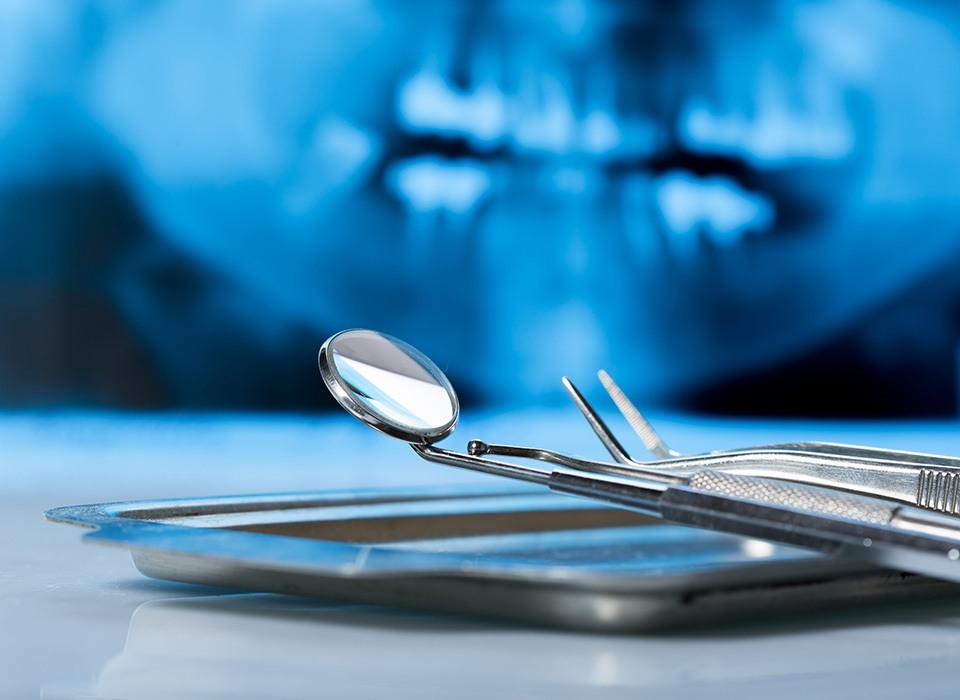
What is a Root Amputation?
Root amputation is normally done on the molars. These are found on the back of the mouth. Molars, which are found on the lower jaw and upper jaw, have two or three roots.
Benefits of a root amputation
Root amputation can be recommended for 3 main reasons:
- To prevent an injured or diseased tooth from being extracted
- To save on costs (it's usually cheaper than other dental procedures like implants or having a custom made tooth replacement)
- It's a simple process that can be completed in 1-3 visits
When is a root amputation needed?
There are certain circumstances where a root amputation cannot be conducted. For instance, if the tooth in question is diseased or exposed to infection, the amputation cannot be implemented. Dentists lookout for signs of severe damage such as a tooth that is badly cracked or too diseased to determine if amputation is necessary.
For a tooth to qualify for root amputation it must:
- Have a healthy tooth surface
- Have adequate bone support
- Be healthy with no underlying gum issue

There are some situations where your dentist may consider a root amputation. They include:
- When the tooth and roots are broken, injured or cracked
- When a specific section of the tooth is decayed
- For individuals with high bone loss due to periodontitis
- Bacteria in the root system

Understanding how root amputation works
- The dentist will prepare the area for a root canal treatment. A local anesthetic is used to deaden the area.
- The dentist will go ahead to dig a deep incision in the root in order to reach the nerves and blood vessels and remove them.
- The dentist will then cut a small incision in the gum to reveal the roots.
- Next, the root is separated from the tooth and carefully taken out.
- He goes ahead to clean the entire area and rinse it with a saline solution to get rid of any lurking bacteria.
- Sutures are applied on the area to close it up.
- The dentist can use a temporary crown or filling to keep the tooth in place.
- The dentist could give some pain treatment or antibiotics as well as a medicated mouthwash to prevent infection.
- Healing usually occurs in 7 to 10 days after which the sutures are removed.
- Once the area has fully recovered, the dentist can put up the permanent crown or filling which protects the tooth from further damage
